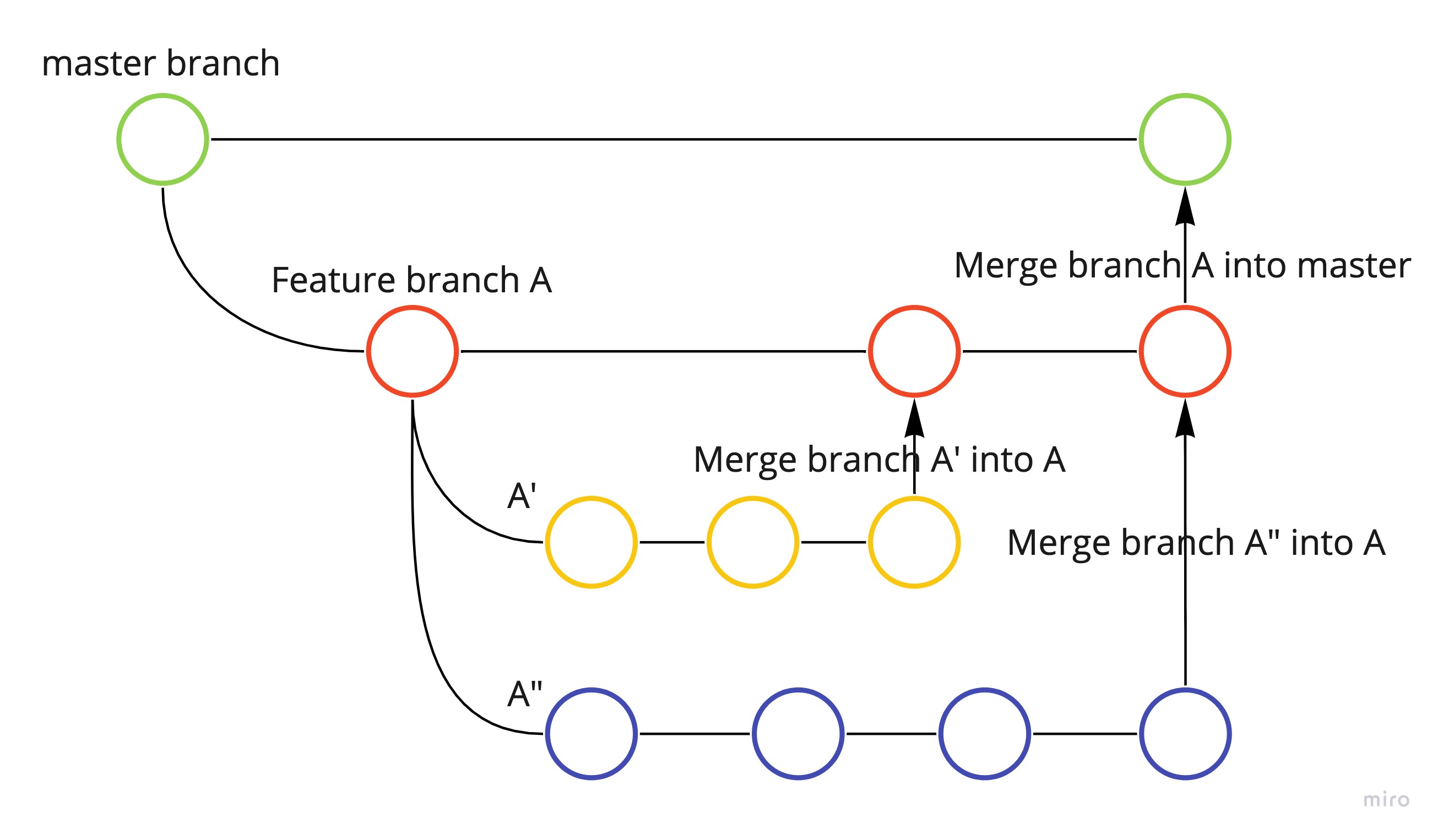Spatial Intelligence is the future!
Hi All,
Imagine an AI that doesn’t just read text or recognize images, but lives in its environment – navigating rooms, using tools, and even building new worlds. That capability comes from spatial intelligence: the ability to form internal 3D maps of the world. In humans, spatial intelligence lets us read maps, rotate Tetris pieces in our mind, or rearrange furniture without seeing it. In AI, it means perceiving depth, understanding geometry and physics, and reasoning about objects in space. As Fei-Fei Li puts it, today’s AI often “remains trapped on a flat plane, using 2D inputs to build intelligence for a 3D world”. Spatial intelligence is the key to fixing that mismatch.
Recently I received the beta access to World labs that lets you create rich, high-fidelity 3D worlds from just an image or text prompt. I have been testing it by uploading various images. Below is one of the simualations it created based on the Ellora Caves image I uploaded. I have always been fascinated by the caves ever since I visited them. Large World Model (LWM) has done decent job of rendering the 3D world from a single image.
What is Spatial Intelligence?
Spatial intelligence is the knack for thinking in three dimensions. Simply put, it’s our mental model of space. For instance, a child learning to play with building blocks is developing spatial intelligence – picturing how pieces stack, fit, or balance. We use it when we navigate a new city or assemble IKEA furniture by sight. Studies define spatial reasoning as “the ability to imagine, visualize and differentiate objects in two or three dimensions”. In AI terms, it means converting images or sensor data into a coherent 3D understanding.
A useful analogy is to picture yourself rotating shapes in the dark. If you blindfold someone and hand them a Rubik’s cube, they have to feel and mentally track each twist – that is spatial reasoning. Language intelligence, by contrast, is like reading a string of text in the dark: it’s one-dimensional and symbolic. Spatial reasoning is volumetric. We might say: linguistic intelligence processes words and syntax, logical-mathematical intelligence processes abstract patterns and numbers, and spatial intelligence processes geometry and physical layouts. Consider a puzzle: arranging flats into a coherent 3D structure requires spatial reasoning, whereas solving a crossword puzzle requires linguistic reasoning.
Technically, spatial intelligence involves things like 3D coordinate frames, depth perception, and geometry. Humans have binocular vision and years of physical experience to infer depth and structure. AI must reconstruct 3D from 2D images or sensor scans – a “mathematically ill-posed” challenge. As Fei-Fei Li notes, “language is one-dimensional, sequential, digital. Spatial intelligence is projected, lossy, and… mathematically ill-posed”. In other words, spatial tasks collapse 3D reality into incomplete data (like a photo), forcing the AI to imagine what isn’t directly seen.
Spatial vs Other Forms of Intelligence
The distinction between spatial intelligence and, say, linguistic or logical intelligence is fundamental.
Linguistic intelligence (Words): Deals with symbols, grammar, and sequence. Language models (like GPT-4) excel here, processing text as strings of tokens. Such intelligence is discrete and linear: words follow one after another, and meaning is statistical. As Li points out, “language literally comes out of everybody’s head – there’s no language in nature”. Logical-mathematical intelligence (Numbers): Deals with abstract relations and rules. AI in this realm solves puzzles, does arithmetic or symbolic reasoning. It’s often digital and rule-based, like solving equations or optimizing code.
Spatial intelligence (Geometry): Deals with shapes, 3D layout, and physical relationships. It’s continuous, analog, and governed by physics. The world isn’t built from words or numbers; it’s built from space and matter.
Concretely, an AI with linguistic strength might translate documents or write code, but could be helpless if asked to navigate a real room. Conversely, spatial AI would interpret that room’s layout or predict where an object will land if thrown. Consider the classic Plato’s cave allegory cited by Li – without spatial reasoning, an AI only sees shadows on a wall. It might see a half-hidden ball in an image, but it can’t infer where the ball is in 3D space, how it might roll, or what’s behind it.
And the demands are vastly different. Text is neatly available on the Internet (trillions of tokens). Physical space has no such open database – as Li quips, “Where is the data for spatial intelligence? It’s all in our heads”. Whereas language models ingest web pages, spatial models must combine sensors, simulations, and even synthetic data to learn about geometry and physics.
Why Spatial Intelligence Matters for ASI
Spatial intelligence isn’t just another capability – it’s the foundation for truly intelligent action in the real world. For an Artificial Superintelligence (ASI) or any advanced AI agent, understanding the 3D world is critical. Here’s why:
Embodied Cognition and Robotics: An AI in a robot body must perceive its surroundings and choose actions. Grabbing a cup requires knowing its 3D shape, position, and how much force to apply. As Fei-Fei Li explains, spatial reasoning “separates lab demos from real-world embodiment” – a robot must know not just that a chair is a chair, but how to navigate around it, avoid tipping it over, or use it to reach a high shelf Vision Systems and Perception: Most current AI sees flat images or videos. Spatial AI must reconstruct the depth and geometry behind those pixels. This underlies autonomous navigation (cars, drones) and 3D scene understanding. NVIDIA’s work on differentiable rendering and 3D reconstructions shows how to build volumetric models from camera feeds. Without spatial models, an ASI would be blind to depth or blocked by occlusions.
Interaction & Tool Use: Li argues that a core step toward full intelligence is “tackling the problem of spatial intelligence”. Why? Because many human tasks involve physical space. Spatial AI lets machines learn cause-and-effect in the world – how gravity or friction influence objects, for instance. In design or manufacturing, it means generating parts that fit together and stand upright under gravity.
Virtual Worlds and Creativity: Beyond the physical realm, spatial intelligence drives immersive virtual realities. A truly intelligent game AI needs to populate 3D worlds coherently (so walls support ceilings, gravity works). Fei-Fei Li notes that without spatial modeling, virtual worlds remain shallow “2D” experiences: they lack physics-aware realism. Adding spatial intelligence means AI can generate fully consistent virtual environments – from entire cities to natural landscapes – which has huge implications for simulation, gaming, and the metaverse.
Agentic AI and Wearables: The World Economic Forum highlights that AI is moving off screens “into the physical world” with wearables and robots. Future AI assistants might live in AR glasses or robot companions. These AI agents must have spatial awareness: they’ll need to “observe, adapt and collaborate” in real time. For example, AR glasses rely on understanding the layout of a room to overlay directions or information seamlessly. This requires spatial models fed by sensors (cameras, LiDAR, etc.) to build a live 3D map.
In short, without spatial intelligence, an ASI would be like a scholar who never learned to walk. It could answer questions and solve puzzles on paper, but it couldn’t pour coffee, explore Mars, or understand the physics of a collapsed bridge. Spatial understanding bridges “seeing” and “doing”, enabling AI not just to describe the world, but to truly inhabit it.
Real-World and Emerging Applications
Spatial intelligence is already making strides in practical domains:
Autonomous Navigation: Self-driving cars, drones, and robots rely on spatial AI to build maps and plan routes. They use SLAM (simultaneous localization and mapping) and 3D perception to avoid obstacles and understand road geometry. Companies like Tesla, Waymo, and DJI leverage neural networks for point-cloud processing and scene reconstruction.
Robotics and Manipulation: Warehouse robots, home assistants, and factory arms need spatial awareness to pick, place, and assemble objects. For example, an AI with spatial reasoning can “see” a tool (like a screwdriver), understand its 3D shape, and compute the force and angle needed to use it. Li points out that spatial intelligence allows robots not just to recognize objects, but to understand precisely how to use them (calculating balance, friction, etc.)
AR/VR and Gaming: Virtual reality worlds and augmented reality applications demand detailed world models. Current AR glasses can overlay directions on a wall only because they map the room’s geometry in real time. Future VR/AR experiences will rely on AI-generated 3D content. Li notes that until spatial AI improves, many virtual environments “don’t respect the law of physics and geometry,” breaking immersion. Spatial models would let game engines build dynamic, physics-aware worlds on the fly. In fact, World Labs’s Marble model already generates complete 3D scenes from a single photo, enabling users to explore the room beyond the image
3D Design and Digital Twins: Architects, urban planners, and engineers use spatial AI to create and analyze large 3D structures. NVIDIA’s fVDB and NeRF techniques enable building digital twins of entire cities, so planners can simulate traffic, wind, and sunlight in a virtual cityscape. In creative industries, spatial generative models could draft building layouts that are both aesthetically coherent and physically sound (walls holding up ceilings, chairs at realistic heights)
Healthcare and Education: In hospitals, spatially intelligent sensors can track patient movement and ensure safety without manual surveillance. In education, VR/AR lessons can teach concepts by letting students “step inside” molecular structures or historical sites, all thanks to spatial modeling.
Smart Devices and Wearables: Even everyday gadgets are integrating spatial computing. For example, spatial AI on smart glasses can interpret gestures or eye movement in 3D space, making interfaces more natural. Autonomous drones or home sensors need spatial understanding to operate safely around humans.
These applications highlight a key theme: any context where AI must interact with the real or simulated world – from navigating streets to creating immersive virtual worlds – requires spatial intelligence.
Conclusion: Climbing the Spatial Ladder
We often measure AI progress by milestones like beating humans at Go or generating realistic text. Yet as Fei-Fei Li emphasizes, the world’s complexity lies in its space, not just its words. Spatial intelligence is the next frontier because it grounds AI in reality. It closes the gap between “seeing” and “doing,” between words and work.
In a way, building spatial intelligence is like giving AI a new set of senses and instincts. It’s not merely a fancy add-on; it’s a paradigm shift. As leading researchers and labs are now showing, adding 3D “common sense” could be as revolutionary as ImageNet was for 2D vision. Once AI truly understands space and physics, it can more robustly solve tasks in robotics, AR/VR, design, and beyond.
In short, spatial intelligence is the bridge that will carry AI from the digital plane into the real world. By breaking the walls of two-dimensional thinking, AI will gain the ability to inhabit and reshape its environment – and that is why spatial intelligence is, without doubt, the future of AI.
Thanks, Ashish





Leave a comment